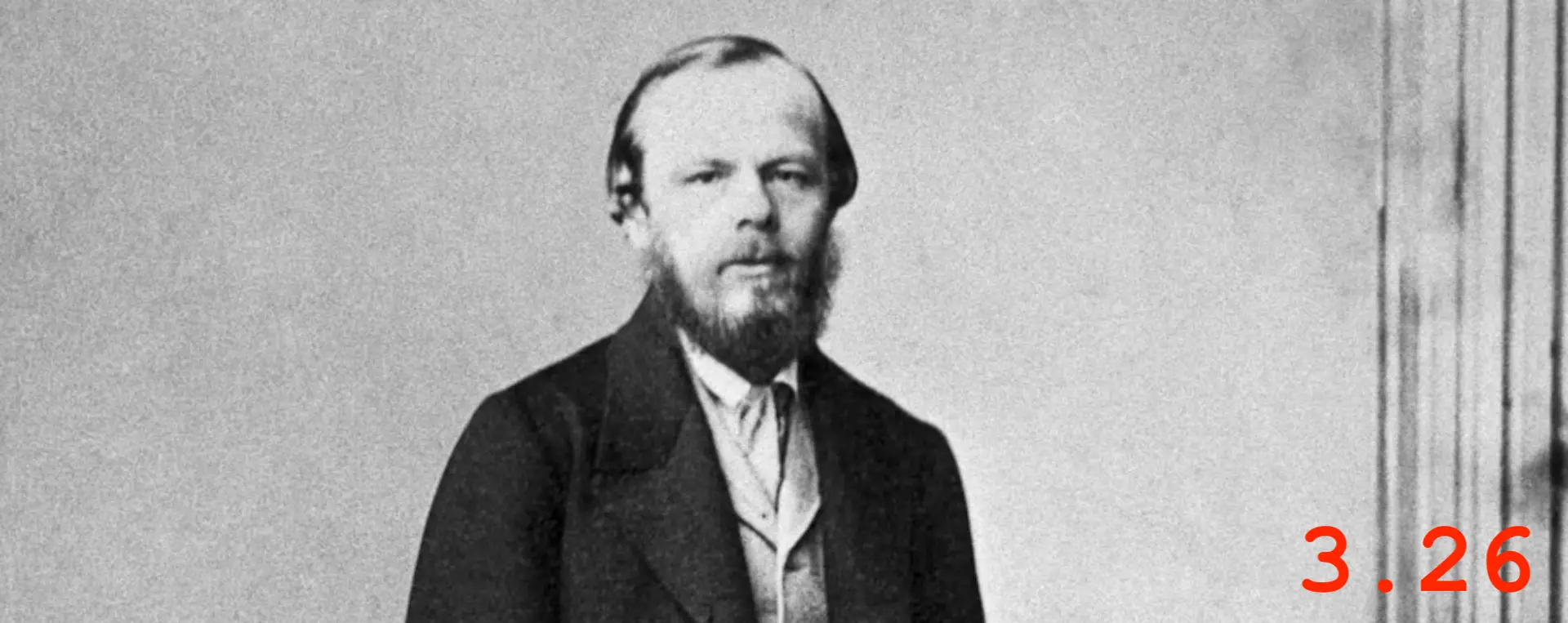Thought leadership should be fun, fast, and fearless. You tap into excitement about new ideas and advocate for something better. That’s the mindset behind The Idea Sled. Projects glide forward gracefully. It’s the momentum of commitment. This newsletter shows you how.
Raja Rajamannar’s landmark book Quantum Marketing names and defines a phase shift that marketers were seeing but couldn’t quite describe. It gives CMOs and marketing leaders new tools and language to describe “classical” marketing theories collapsing under the weight of a new reality.
Data has overwhelmed intuition, algorithmic speed now outpaces human strategy, and the old deterministic funnels are giving way to something far more complex and unpredictable.
The “quantum” metaphor is potent because it captures a sharp sense of discontinuity. What Rajamannar calls a “Fifth Paradigm” of marketing has emerged in response to technology that increases marketers’ reach exponentially. AI-driven personalization and decentralized platforms render previous models obsolete. He challenges marketers to become conductors of emergent systems, embracing unpredictability and cross-disciplinary intelligence.
To be fair, trends seem to have bypassed some technologies he champions, like VR and on-demand 3-D printing, but his foundational principles related to trust, data, and new mental models have proven remarkably durable.
What interests me more than a prediction report card is the possibility of exploring Rajamannar’s quantum metaphor at ultra-small scale. In institutional finance, capital markets, and other high-stakes domains, the scale of the audience shrinks to a handful of key buying decision-makers.
The fundamental physics of marketing works differently when financial and reputational stakes are enormous and when the primary goal of communication is influencing how people think and operate. It is a tool for shaping cognition.
In these arenas, the most effective thought leadership alters the shared assumptions that govern regulation, define investment theses, and spur true innovation. It seeks to change the very “reality” of the market by introducing a new framework for understanding it.
Quantum Marketing doesn’t take things quite this far, but doing so helps expand the idea of “quantum” beyond large volumes of “content” massively personalized at scale. It calls us to think about how we participate in the way meaning emerges.
The Quantum Theory of Influence
To deepen the quantum metaphor, we can turn to the work of physicist and philosopher David Bohm. Bohm’s scientific work in quantum physics revealed a universe that is, at its most fundamental level, a single, interconnected system. He saw that particles could be linked across vast distances, acting as one undivided whole.
He further concludes that human fragmentation of thought is a fundamental error because it does not match the deep, interconnected nature of reality. This mismatch is the root cause of conflict and confusion in the world, but it also opens the way to ask larger questions about dialogue and creativity.
The default mode of communication in business is what Bohm would classify as “discussion,” whose roots are shared with words like “percussion” and “concussion.” The intent is similar: to break things apart, to win points, and to defend a predetermined position. For example, a webinar, keynote, or white paper can all turn out as forms of discussion designed to transmit a fixed idea.
Thought leadership that influences on a quantum level, however, would evoke the practice of dialogue. As Bohm defines it, dialogue is a stream of meaning flowing among and through us. It is a collective inquiry that aims to understand the assumptions shaping our thinking rather than win.
This mental shift requires suspending judgment and listening with an intensity that allows a new, shared understanding to emerge. It illustrates how the most impactful leaders listen to the market, the industry, the ecosystem, and their stakeholders rather than simply issuing one-way proclamations.
This form of dialogue is a powerful strategic tool. A private equity firm aiming to deploy capital into a nascent sector like green hydrogen could convene a closed-door roundtable of academics, engineers, and regulators. By facilitating dialogue instead of presenting a fixed thesis, they could position themselves at the center of the industry’s emergent meaning-making about how to find and fund value creation in a novel energy sector. They also share a point of view on how some of the familiar tactics of value extraction in PE may adapt poorly to such scenarios.
From Dialogue to Intra-Action
There’s another touchpoint for quantum thought leadership from the work of philosopher and physicist Karen Barad. By practicing but also extending “hard science,” Barad takes the quantum paradigm to its ultimate human conclusion. They argue that the most profound lessons from quantum physics go beyond interconnectedness.
Those lessons point to the underlying nature of reality, what we can know about it, and our role within it. They may sound wildly speculative, but Barad’s work also provides practical concepts that can be implemented in thought leadership strategies, programs, and individual pieces.
First, let’s look at how Barad challenges the idea and the limits of interaction. In practical terms, yes, pre-existing entities (a firm, a client, a market) exchange ideas and engage in business transactions. But the quantum-level concept is intra-action. While interaction assumes that two separate, predefined entities meet and have an effect on one another, intra-action suggests that the entities themselves emerge through their entanglement. They do not exist as independent things with fixed properties before they relate. Their relationship is what mutually constitutes them.
Consider the ecosystem for a securitized instrument. We tend to think of the issuer, the trading platform, the asset servicer, and the regulator as separate entities that interact.
Barad’s framework suggests a deeper reality. The ‘instrument’ itself is not a static object; its value, risk profile, and liquidity are continuously co-constituted by the intra-action of these agencies. The trading platform’s algorithms, the servicer’s reporting standards, and the regulator’s capital requirements are more than separate forces acting upon the security. They are part of the apparatus through which the security becomes what it is. Each entity emerges with its specific properties and boundaries only in relation to the others. Their intra-action is the market.
What does this mean for a thought leader? It means your work, such as the white papers you publish, the roundtables you host, and the partnerships you form, is not just passive commentary on an existing market. These practices are active forces. Instead of merely reflecting reality, they help create it. Your thought leadership is performative because it helps build the future it describes.
Seen this way, influence starts with distribution and a goal of persuasion but expands by co-constructing the architecture of decision and action. Everything and everyone changes as a result.
The Ethics of Co-Creation
These two philosophical understandings of quantum thought leadership have profound ethical implications, too. When we make knowledge together, we make worlds. That means knowing and being are inseparable from ethics. Barad calls this an ethico-onto-epistem-ology. It’s a dense word, but the stakes are simple.
Ethics: The study of how and why what we do is right and wrong.
Ontology: The study of what we are (being and existence).
Epistemology: The study of how we know what we know and what knowledge means.
For a leader in institutional finance, this concept is ultimately about reframing the conversation around purposeful influence.
Influence itself, in quantum terms, can feel like Einstein’s “spooky action at a distance.” In other words, two things can be so deeply connected that what happens to one instantly affects the other, no matter how far apart they are.
Such connectivity finds a practical echo in Rajamannar’s work when he emphasizes trust as a gigantic competitive advantage. One of the elements of his work that resonates the most for me is the role of ethics.
His concept of “brand karma”—the idea that unethical practices have consequences—is more than a simple moral warning. Without saying it in such terms, it’s an intuitive understanding of Bohm’s idea of wholeness, where in an interconnected system, “everything participates in everything.” Actions have consequences that ripple far beyond the immediate transaction.
Ultimately, this quantum perspective calls for a new methodology. We read insights about market trends and stakeholder needs through one another, observing how differences and entanglements produce new patterns.
For thought leadership, this perspective means cultivating a new sensibility. It means engaging with contradictory perspectives to see what new reality emerges from their intra-action. This evolution from knowing to becoming is a recognition that the most powerful position is to participate actively and responsibly in co-creating the future. When influence shapes perception, and perception shapes markets, the question is what world you’re helping bring into being.

Three Grace Notes
“Quantum Marketing is not about forgetting everything we’ve ever known about marketing; it’s about… reinventing, reimagining, and reinvigorating marketing, to make it an even stronger force that drives the business momentum, i.e., to be a real, demonstrable force multiplier for any business.” —Raja Rajaramman, Quantum Marketing
“We haven’t really paid much attention to thought as a process. We have engaged in thoughts, but we have only paid attention to the content, not to the process… It requires attention, otherwise it’s going to go wrong” —David Bohm, On Dialogue
“Matter and meaning are not separate elements. They are inextricably fused together, and no event, no matter how energetic, can tear them asunder.” —Karen Barad, Meeting the Universe Halfway
Note: The links above are affiliate links. I’m using them in lieu of paid subscription tiers or digital tip jars. Seems like a much more graceful way to generate financial support while sharing more thinking and writing that can guide thought leadership.




